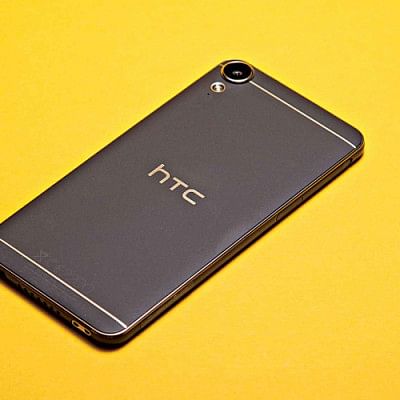A tech noob’s guide to buying a phone

Not everyone speaks the language of the tech and I presume you do not either. If you are a noob like me owning a phone that does not support 4G and flashing "Low Storage Space" for a decade now, here are 6 basic categories to help you and I purchase a much needed new phone.
Budget
If you are Richie Rich, move on to the next point. The rest of you may set a budget for your gadget. Although falling in love with a particular model might overthrow said budget; it is still useful to have a price range, based on which the Smartphone hunt is conducted.
Operating System
Next is the battle between iOS and Android. If Android is your comfort zone, a plethora of brands and their subsequent models are available. The Android system of all brands is not homogenous; they do have slight variations. If you prefer iOS, you simply decide on the number of apples you want and in what size.
Camera
This feature is usually the first and foremost concern of consumers. The hype over high megapixel cameras overshadows the importance of Aperture. Aperture controls the sharpness, exposure, brightness and focus. Wider the Aperture, better the photo captured at low light. Samsung Galaxy S10 reigns supreme with an Aperture of f/1.5, but a decent camera usually has f/1.8.
Memory
Memory comprises RAM and ROM. Bigger RAM means smoother functioning of user interface, while bigger ROM allows more data storage. However, there is a catch. Android requires more RAM than iOS because it is more memory hungry. iPhone 11 Pro runs efficiently on 4GB RAM whereas the latest Androids have gone up to 12 GB. 4/6GB RAM is optimal for an Android; targeting a phone going beyond that is unnecessary. ROM depends on individual usage, because for a minimalist, 32GB should be enough, while a shutterbug and music enthusiast may need 64GB. Heavy gamers will opt for 128GB. You can further expand memory if there is an SD card slot, unless you are Richie Rich with an iPhone.
Display
There is no ideal phone size as some prefer a compact one that is easy to hold while others want a big screen for gaming or watching movies. Display screens were previously LCD which is critiqued for backlight bleeding, but OLED is rising in popularity for being lighter, better color contrast and always on display.
Battery
As lithium batteries degrade over time, the greater milliAmpere/hour the better. Opt for at least 4,000mAh, 18W fast charging or higher.
Word of mouth also plays a vital role in guiding one to the right smartphone. If you have tech geek friends or relatives, ask them for recommendations and reviews, even if their cryptic enthusiastic rant takes a while for you to decipher.

 For all latest news, follow The Daily Star's Google News channel.
For all latest news, follow The Daily Star's Google News channel. 



Comments